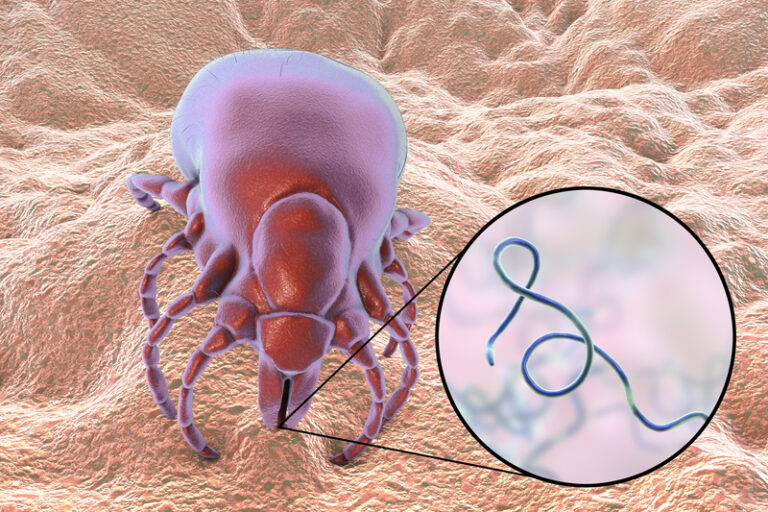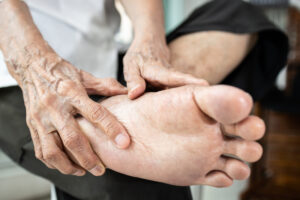Lyme disease is a bacterial infection transmitted through the bite of a tick. It can be a serious disease. Fortunately, not all tick bites cause Lyme disease. It is transmitted from certain ticks only. Some researchers are investigating other possible transmission of Lyme, but it is not yet clarified.
How do you know if you have Lyme Disease? If you were bit by a tick carrying the bacterial Borrelia Burgdorferi the first thing you may notice is a warm, red rash. It gets bigger over several days and looks like a bullseye target. As the infection increases, you may experience fever, chills, headache, fatigue, muscle and joint aches, and lymph nodes that are swollen and tender.
Since Borrelia-carrying ticks are generally found in the Northeast, Mid-Atlantic, Upper Midwest and Upper California Coast, there is less likelihood of contracting it here. However, not impossible. The tick has to be attached to you for 36-48 hours or more to transmit the bacteria to you, so daily checks after having been in the woods, tall grass or the mountains is prudent. They come out when the weather is above 45 degrees and the ground is not wet or icy. They like warmth. They do not go away when you take a shower, so close inspection anywhere on the body is prudent, especially in the hair.
Lyme disease can be short term or last for years. Symptoms of chronic Lyme disease include fatigue and exhaustion and sometimes it is mis-diagnosed as Chronic Fatigue Syndrome. This fatigue can be disabling. More than 80% of people with untreated Lyme disease have muscle and joint symptoms and 50% have intermittent episodes of arthritis, moving from joint to joint, starting within 6 months of a bite. Low-grade flu-like symptoms and neck pain are common, affecting approximately 50%, with symptoms that come and go.
Headaches are not uncommon, also affecting 50% of cases, while dizziness, fevers and sweats affect one-third. Sleep disturbances, especially related to temperature fluctuations (non-menopausal) and sweats, affect about half of the infected population. Other complaints include skin outbreaks, heart problems, mood swings, unexplained sensations in the body, memory problems and difficulty concentrating, confusion and general cognitive decline, sensitivity to light, neurological symptoms such as loss of balance, muscle weakness or paralysis of face, loss of taste and smell, and other potentially serious inflammatory nerve conditions.
Now I want to caution you: these symptoms can also mean other things are going on and may not be Lyme Disease. Getting to the root of these symptoms is crucial, as is getting immediate medical attention. There are several tests to see if you have Lyme; none of them super accurate. Finding a health care practitioner that will do the necessary investigative work to determine why you have these symptoms, if it is Lyme or something else, then do the work to help you recover, is the most important step you can take. You need someone that goes the extra mile to help you to heal. There is hope.
©2020 Holly A. Carling, O.M.D., L.Ac., Ph.D.







